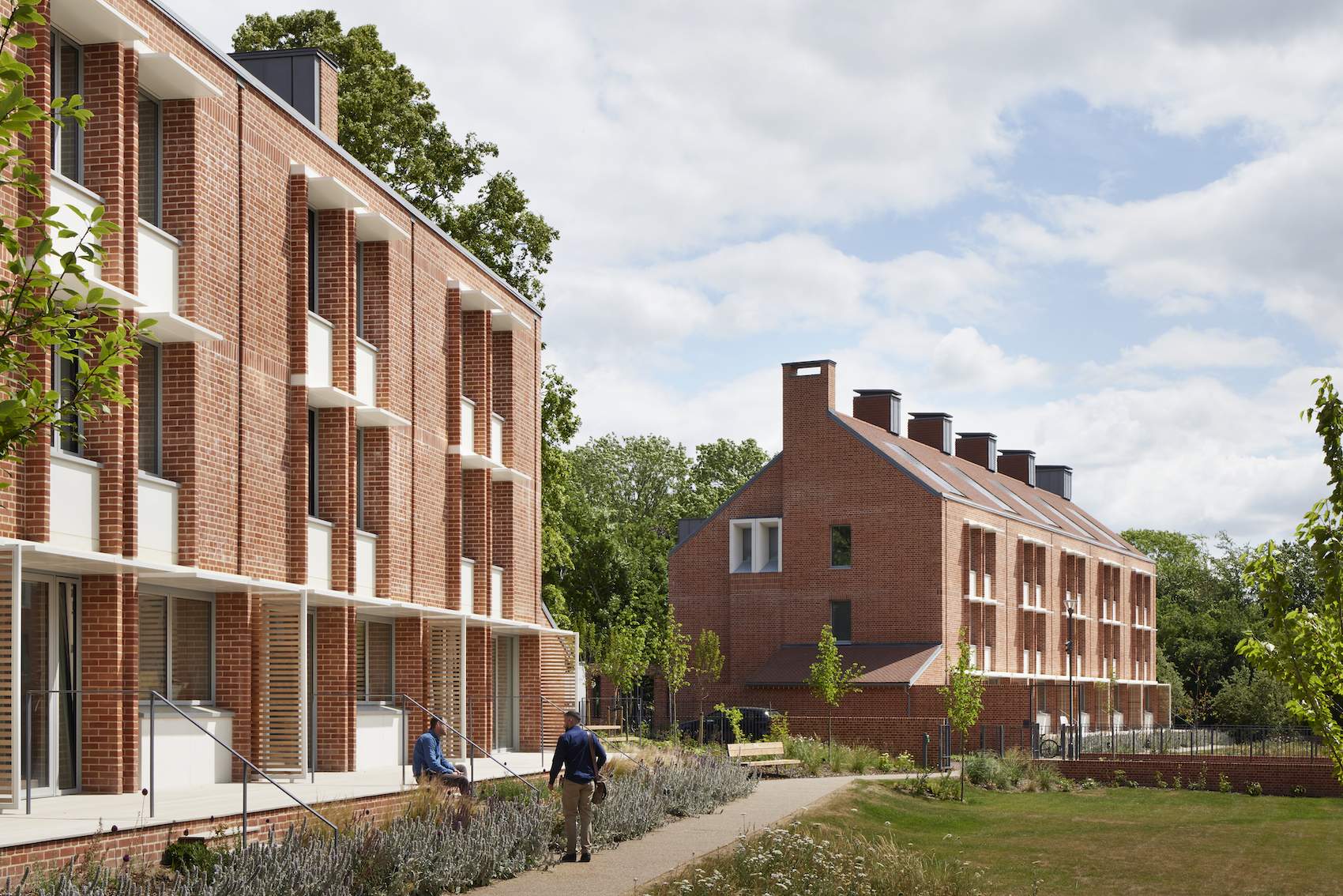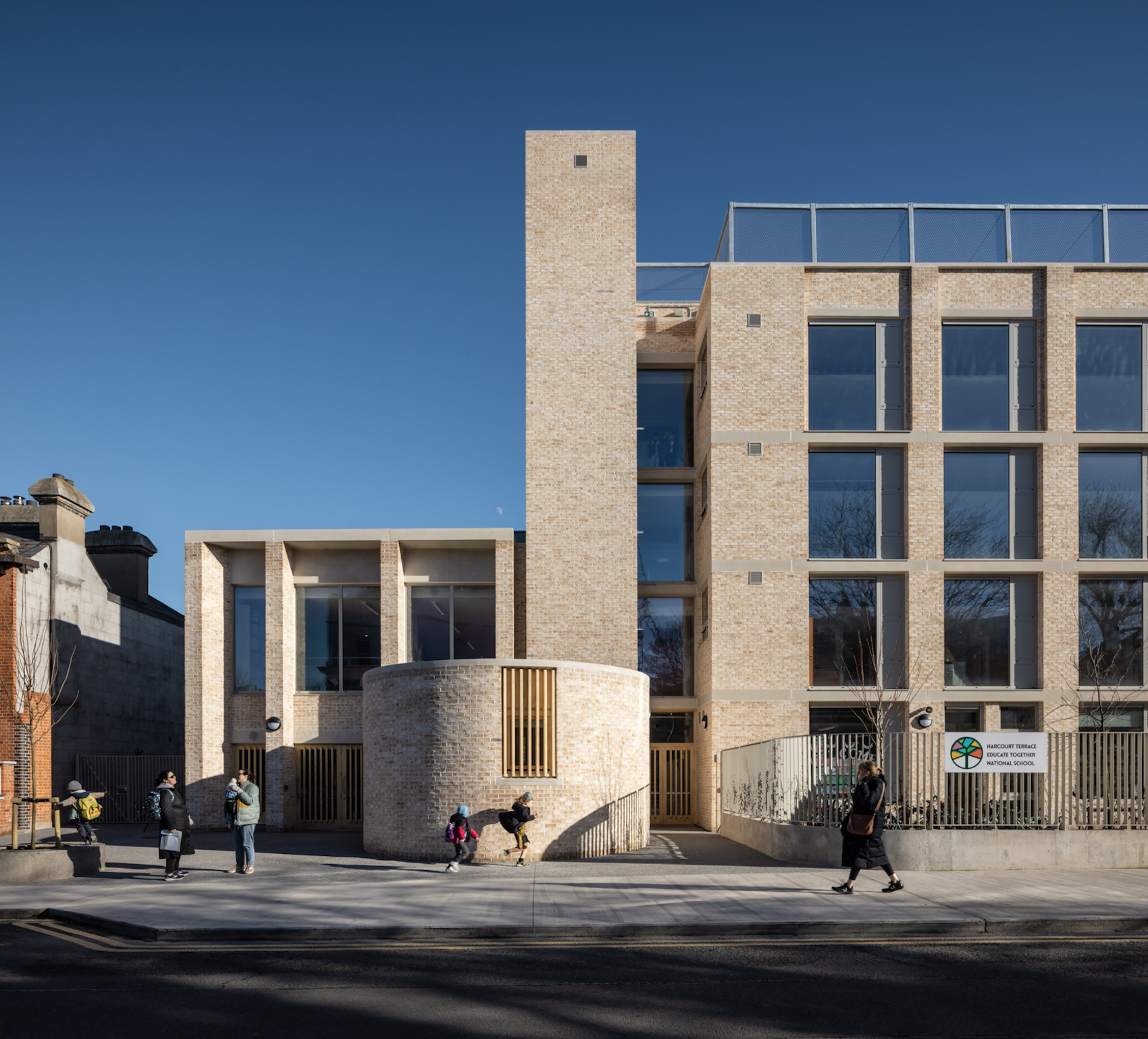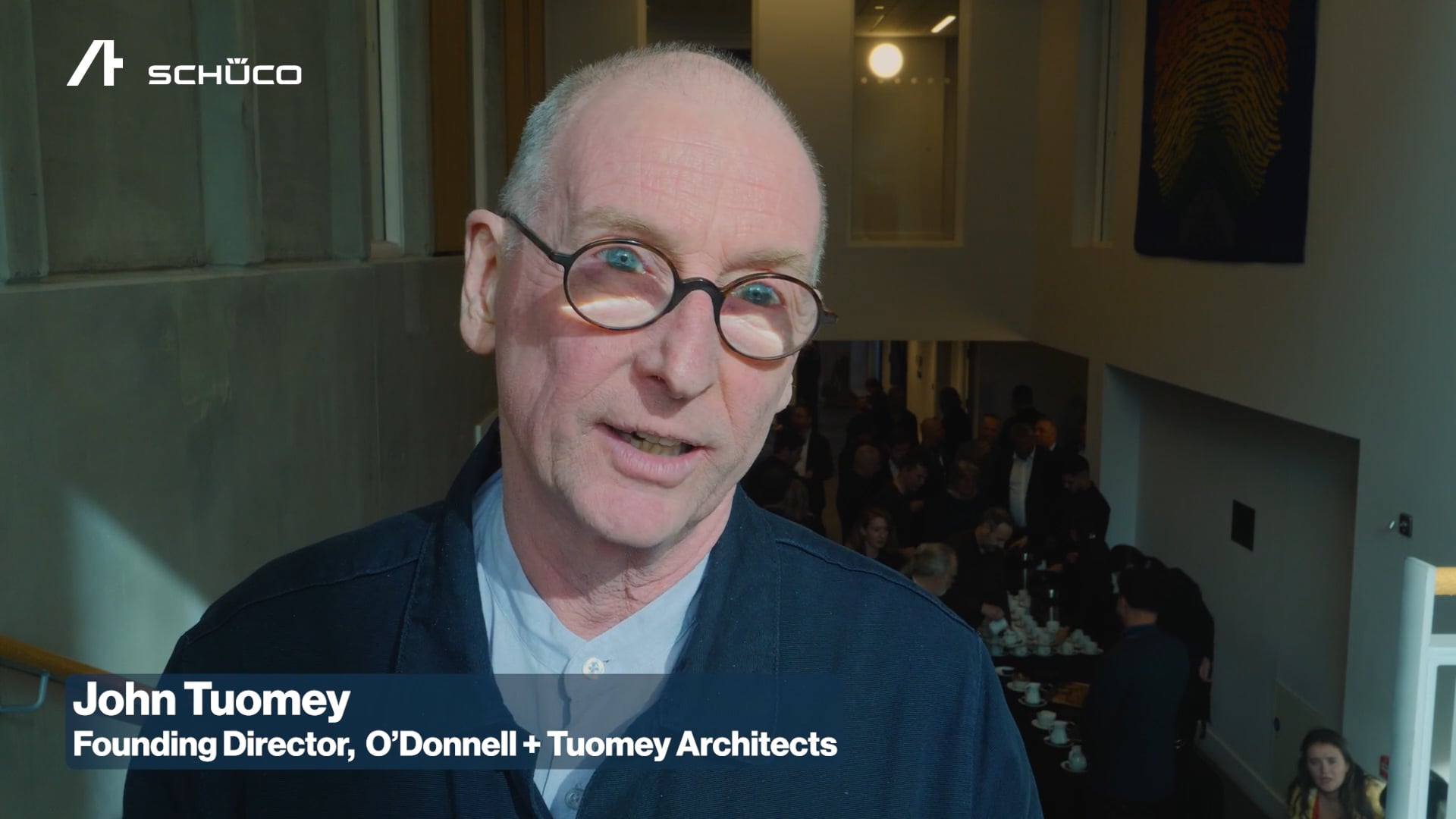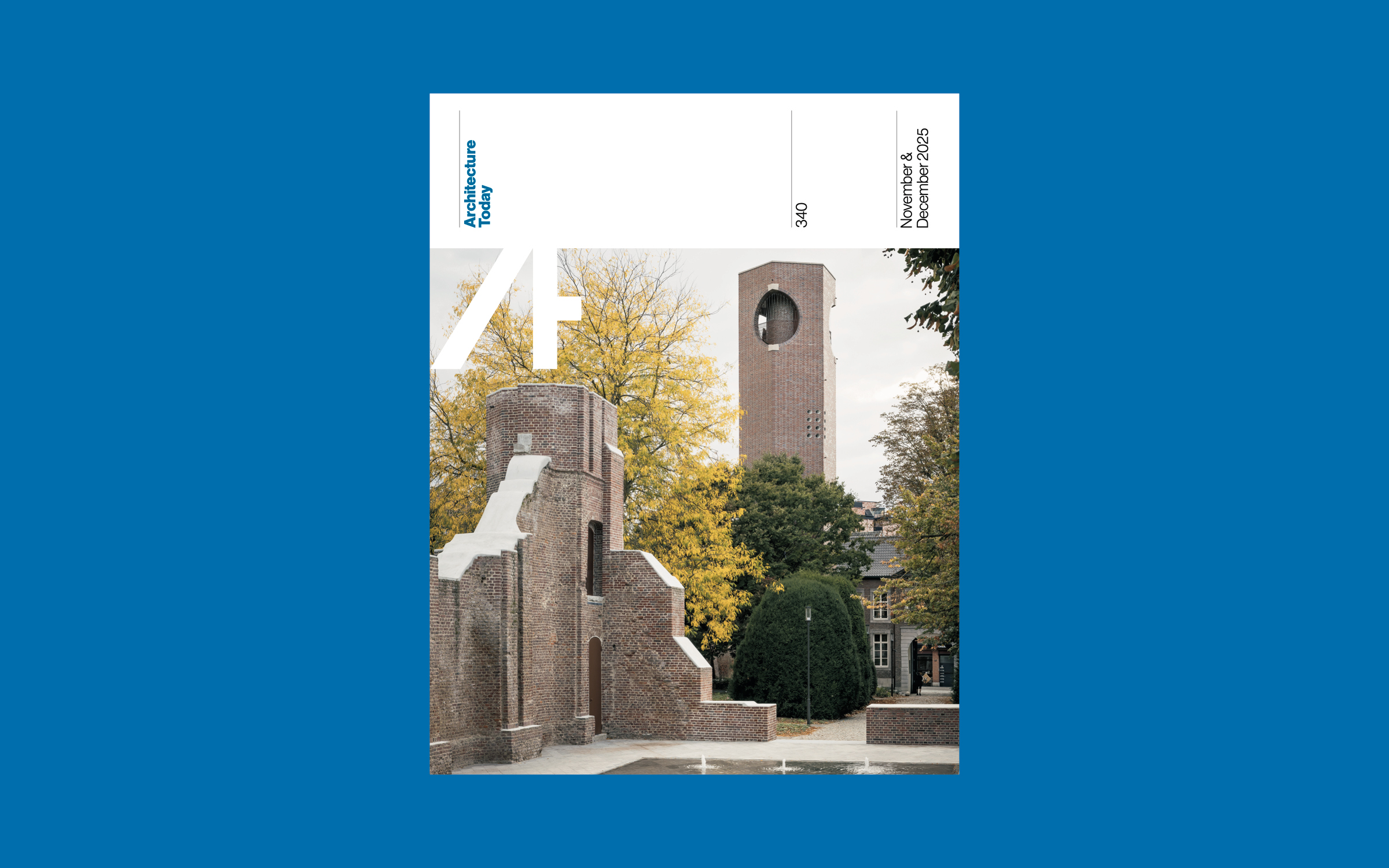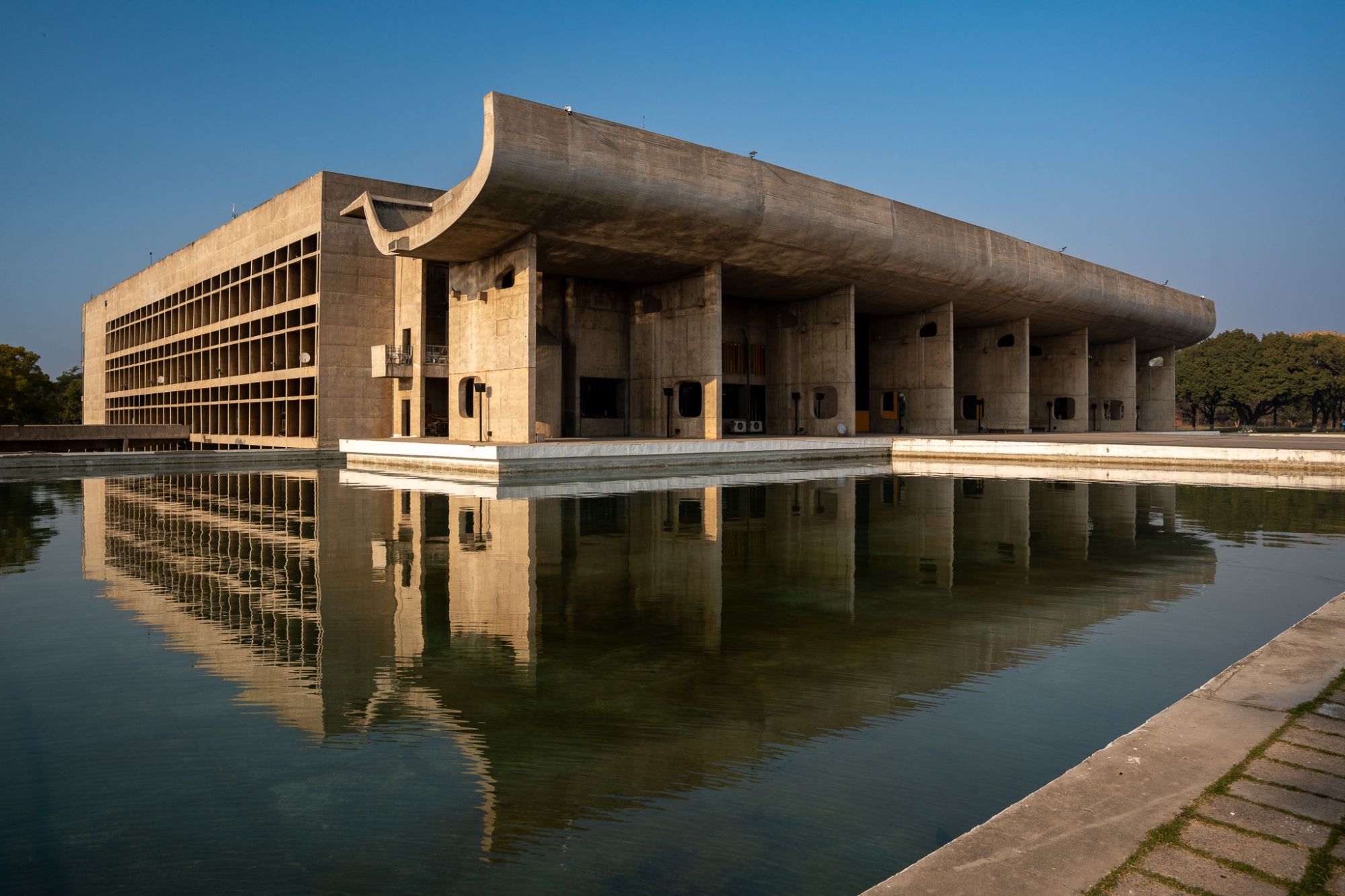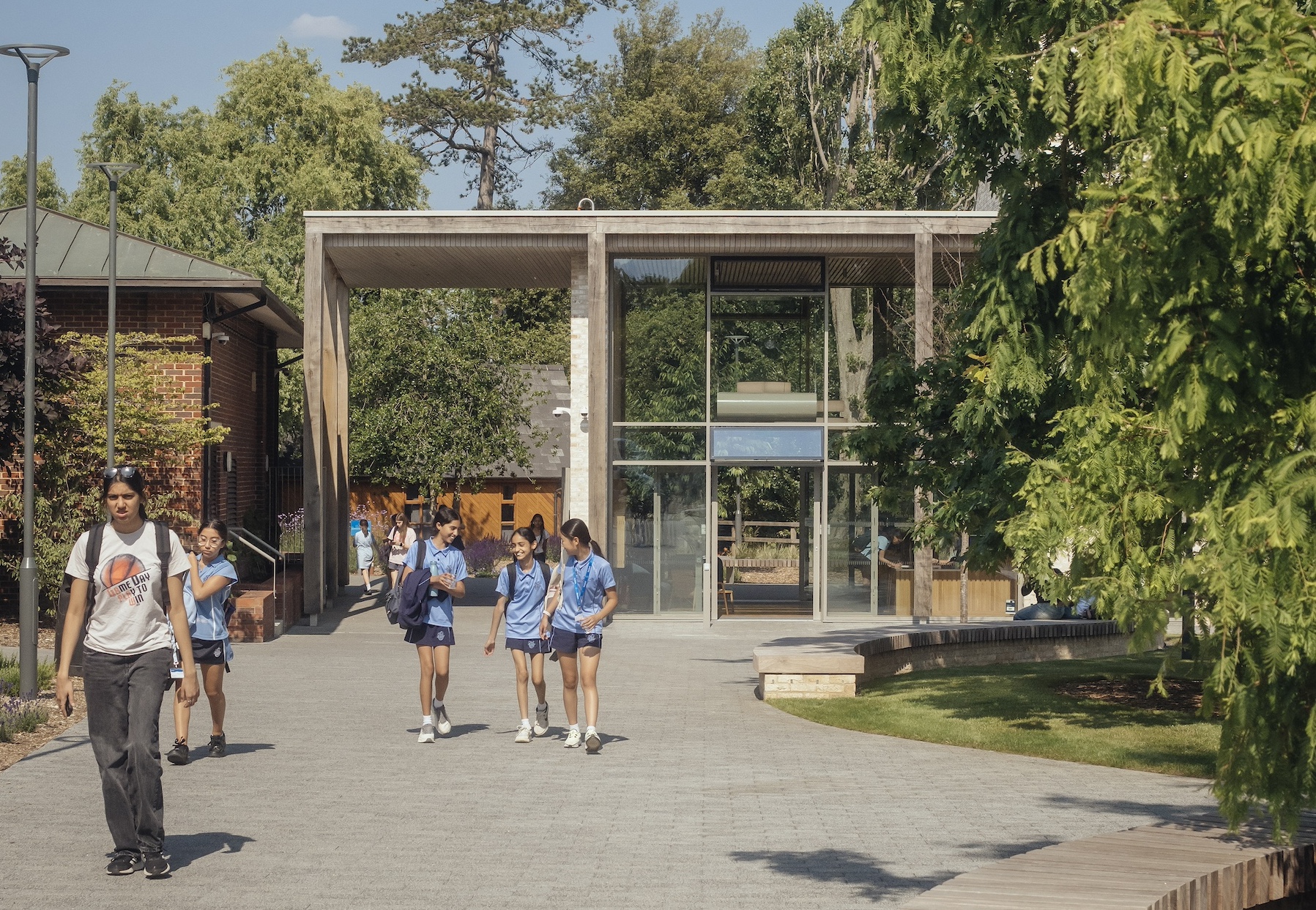RDA Architects has produced a learning module on EnerPHit for School of Specification. Founder and director Richard Dudzicki challenges misconceptions about EnerPHit and outlines the issues that are holding it back.
What’s so great about EnerPHit?
EnerPHit is a system designed to retrofit existing buildings, integrating a predictive model for primary energy use and imbuing them with Passivhaus characteristics. This transformation results in buildings that are more comfortable, energy-efficient, and draught-free. The air is purified through a Mechanical Ventilation with Heat Recovery (MVHR) system, which is particularly beneficial for individuals with allergies. Overall, it creates a more enjoyable living or working environment.
What are the most common misconceptions about EnerPHit?
There are several misconceptions about EnerPHit, including the belief that one can selectively apply its principles without full certification and still claim adherence to its standards. Another significant misunderstanding is that achieving EnerPHit or Passivhaus certification can be done independently, without the involvement of a certified Passivhaus designer or consultant. Furthermore, there’s a misconception that the cost of EnerPHit certification is prohibitively high, which is not necessarily the case; the actual cost depends on the approach and execution.
What arguments can architects use to combat the view that EnerPHit is a luxury most people can’t afford?
EnerPHit should be viewed not as a luxury but as a sustainable approach to revitalizing and repurposing our existing housing stock. By improving the energy efficiency of buildings, such as historic warehouses and older commercial spaces, without significant expenses or demolition, we demonstrate a commitment to sustainable urban development. This approach not only preserves the architectural heritage but also adds value, suggesting that reinvention and repurposing can be more beneficial and cost-effective in the long run.
What are the biggest barriers to the widespread adoption of EnerPHit?
The primary barrier to EnerPHit adoption is a lack of knowledge among contractors, architects, and financial stakeholders. Misunderstandings about cost-effective adaptation methods, necessary techniques, and the importance of airtightness hinder progress. Additionally, onsite practices that compromise building integrity pose significant challenges. Addressing these issues through education, experience sharing, and targeted training can help overcome these obstacles.
Do we have the skills and the supply chain the industry needs? If not, what can be done to accelerate positive change?
While there is a strong community with the necessary expertise, a significant gap exists in the workforce’s skills and willingness to adapt to new methods. Additionally, the supply chain’s readiness to provide specialized materials is crucial. Encouraging change requires better legislation, incentives for sustainable retrofitting practices, and education about available resources and suppliers that support these building standards.
When is EnerPHit NOT the right approach?
EnerPHit may not be suitable for older listed buildings with complex forms (form-factor) or for projects where the client is unequivocally opposed to the approach. However, modelling a building’s data in PHPP (Passive House Planning Package) is still recommended for its analytical benefits, even if the full EnerPHit standard may not be achievable or appropriate in every case.
Is the public sector doing enough to help? What changes to regulations, grant funding or policy would you like to see?
As mentioned previously, enhancing support for sustainable building practices involves implementing more favourable policies, such as reducing VAT for conversions and offering grants focused on energy efficiency improvements over simpler, less effective measures (fabric first approach). A more strategic approach to funding and regulations could significantly facilitate the transition to sustainable building practices.
Explore Richard Dudzicki’s module on EnerPHit at:







